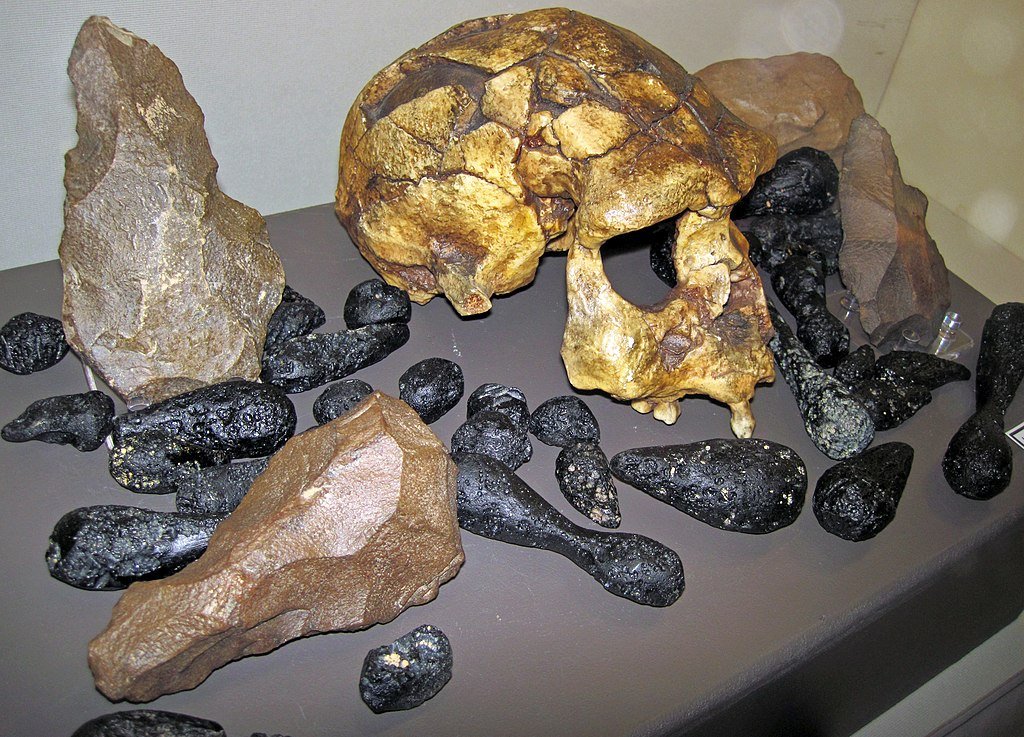Deep under the waters of the Madura Strait, off Java’s coast, archaeologists have made a prehistoric discovery that would turn our knowledge of ancient human migration and survival upside down. Fossilized human remains of Homo erectus, along with bones from elephants, hippos, and even river sharks, tell the picture of a lost world: Sundaland, a gigantic lowland submerged by seas on the rise. But the biggest surprise? These early humans might have acquired sophisticated hunting skills from populations on the mainland implying contact, exchange of culture, or even intermixing well before we imagined possible.
A Sunken World Reveals Its Secrets
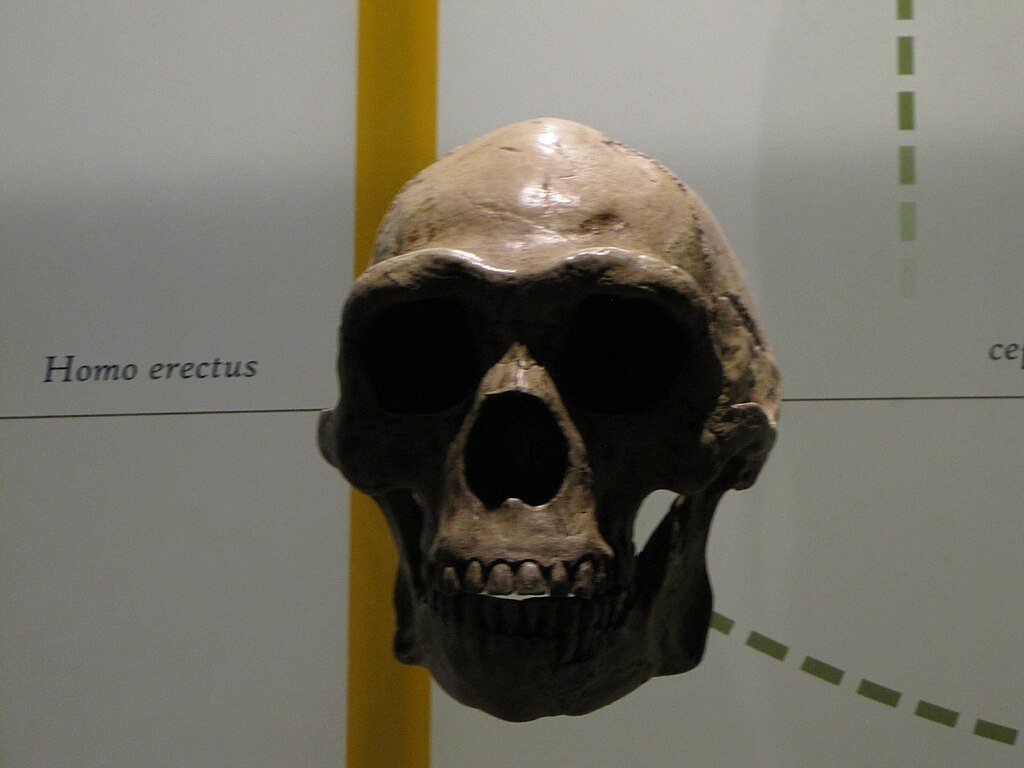
For decades, researchers believed Homo erectus lived in isolation on Java, cut off from the Asian mainland by deep waters. But new discoveries challenge that assumption. During dredging operations, scientists recovered two skull fragments alongside remains of 36 vertebrate species all from a submerged river valley dating back 140,000 years.
“This was a thriving ecosystem,” says Harold Berghuis, lead archaeologist from Leiden University. “Sundaland wasn’t just a passageway, it was home.” The findings, published in Quaternary Environments and Humans, suggest Homo erectus didn’t just cling to Java’s forests. They roamed riverbanks, feasting on fish, turtles, and even large bovids behavior eerily similar to mainland hunters.
Cut Marks and Broken Bones: Evidence of Advanced Hunting?
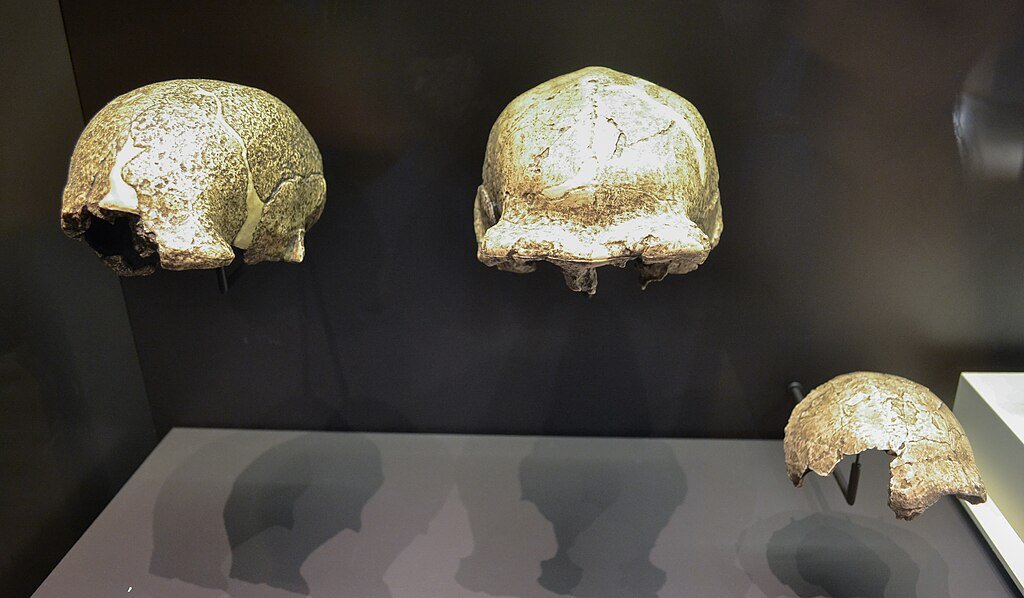
Among the fossils, researchers found something unexpected: butchered bones. Cut marks on turtle shells and shattered bovid limbs suggest Homo erectus didn’t just scavenge they hunted.
“We see this pattern in later human species on the mainland,” Berghuis explains. “But finding it in Java’s Homo erectus raises a provocative question: Did they learn this from others?” If so, it implies contact with more advanced hominins, possibly even Homo sapiens or Denisovans long before the accepted timeline of human migration.
The Sundaland Superhighway: Rivers as Migration Routes
During the last ice age, sea levels were 100 meters (328 feet) lower, turning the Java Sea into a sprawling savannah crisscrossed by rivers. Homo erectus likely followed these waterways, exploiting rich resources along the way.
“Sundaland was a highway, not a barrier,” asserts Berghuis. “They had everything: fresh water, shellfish, game. It was a hunter’s paradise.” This contradicts the old image of Homo erectus as a sedentary, isolated population. Instead, they could have been active nomads, borrowing techniques from surrounding populations.
A Lost Ecosystem: Elephants, Hippos, and Komodo Dragons
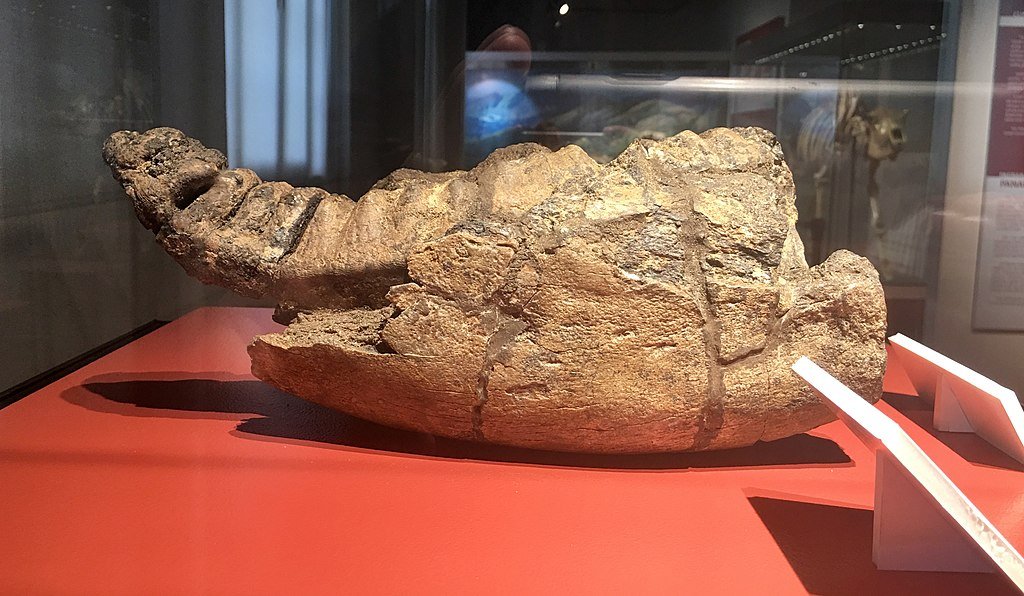
The fossils reveal a lost menagerie. Alongside Homo erectus, researchers identified:
- Stegodons (extinct elephant relatives)
- Asian hippos (now completely vanished)
- Komodo dragons (then widespread, now restricted to a few islands)
- River sharks (today critically endangered)
“This was Southeast Asia’s Serengeti,” Berghuis notes. The biodiversity rivals Africa’s, yet nearly all these species are gone some from natural causes, others from human activity.
Did Homo Erectus Exchange More Than Just Ideas?
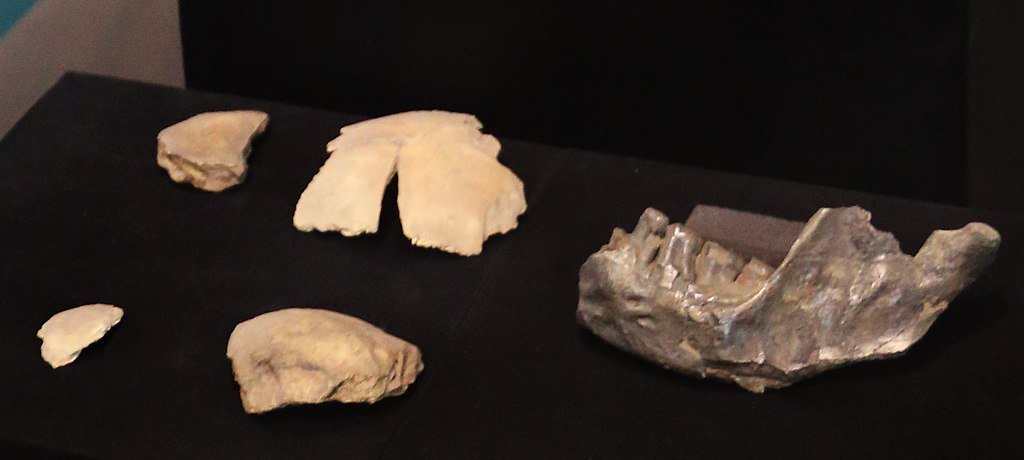
The biggest bombshell? If Homo erectus adopted mainland hunting strategies, they may have also exchanged genes. Recent DNA studies suggest early humans interbred with Denisovans in Asia. Could Homo erectus have done the same?
“We can’t prove it yet,” admits Berghuis. “But the parallels are striking. This wasn’t just mimicry it was cultural transmission.” If confirmed, it would mean Homo erectus was far more socially complex than we thought.
What’s Next? Exhibitions and Ongoing Research
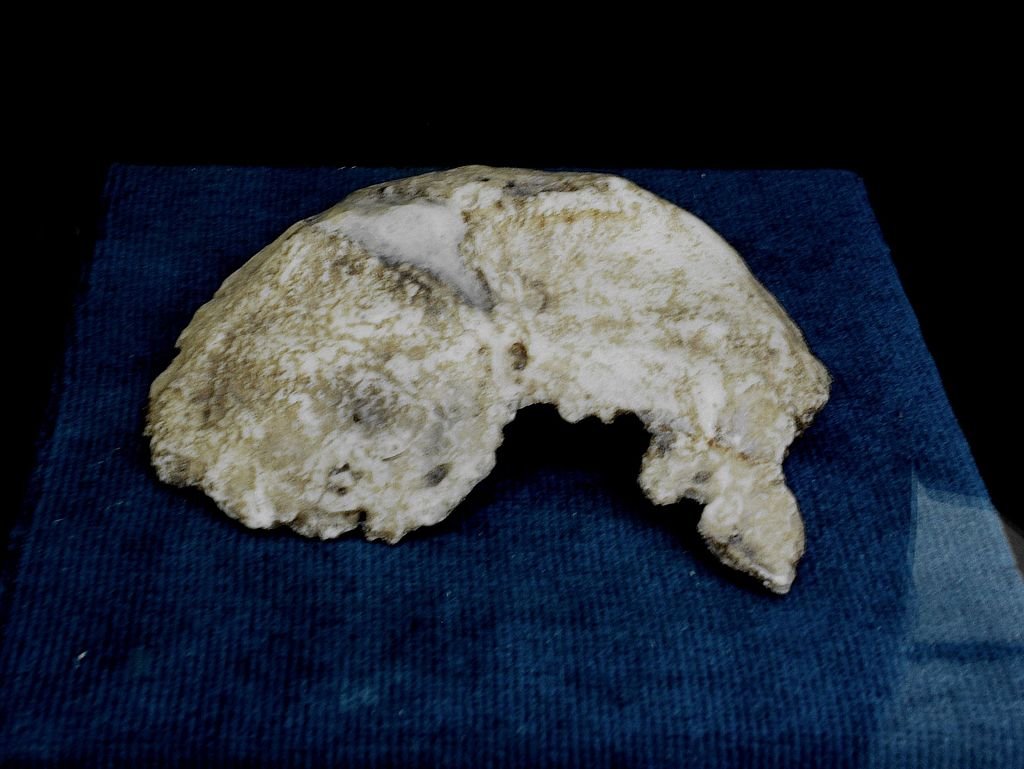
The fossils now reside in Bandung’s Geological Museum, with plans for public exhibitions. Meanwhile, researchers are analyzing sediment layers for more clues.
“The seabed is a time capsule,” says Berghuis. “Every scoop of sand could hold another piece of the puzzle.”
One thing’s certain: Homo erectus was no primitive island hermit. They were explorers, innovators, and possibly just like us copiers of better ideas.
Final Thought
If these discoveries hold, they show a deep truth: early humans didn’t make it by pure luck. They observed, took notes, and took from others. In a world where contact was impossible, perhaps they found a way. And that rearranges everything.
Sources:

Jan loves Wildlife and Animals and is one of the founders of Animals Around The Globe. He holds an MSc in Finance & Economics and is a passionate PADI Open Water Diver. His favorite animals are Mountain Gorillas, Tigers, and Great White Sharks. He lived in South Africa, Germany, the USA, Ireland, Italy, China, and Australia. Before AATG, Jan worked for Google, Axel Springer, BMW and others.

